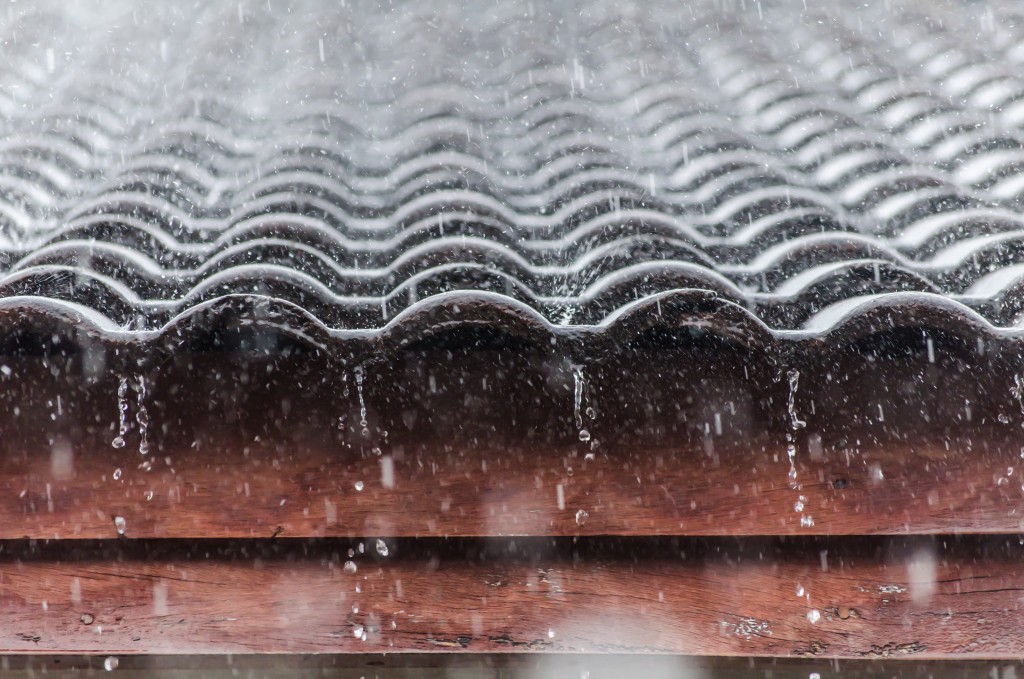A roof serves as a barrier against wind, heat, and snow. Damage to your roof can be such an inconvenience to you and your family. Perhaps, one of the most daunting moments for many homeowners is learning that they need a roof replacement. With the help of these useful tips, you can prevent that:
1. Insulate your cathedral ceiling
A poorly insulated ceiling melts the ice, allowing moisture to creep back underneath the roof deck. If not taken care of, it may lead to leaks and costly wall damage. So apply proper insulation to your attic and ceiling.
A heating cable is another great alternative. Though it cannot keep the snow-free, it provides a channel through the snow. If installed correctly, it can offer ice dam relief for decades.
Waterproofing your wall is an excellent idea, too, as it preserves them. Just look for residential services that offer advanced waterproofing systems such as Dex-O-Tex.
2. Avoid using concentrated spray to clean the roof
The frequent use of concentrated spray loosens the granules of the roof, making them prone to thinning. You may use them for stubborn dirt once in a while, but natural cleaning products are a better alternative.
Mix 1½ to 3½ cups of vinegar and 2 gallons of water. Spray it on the roof to remove moss and fungus. Let it dry, then get rid of the residue with a broom or leaf blower.
Roof cleaning once a year is recommended to prevent dirt, fallen leaves, and molds from building up. It is important to take caution due to the possible hazards it carries, such as falling. It is best to leave it to professionals.
3. Check your house ventilation
A poor ventilation system in the attic and bathroom leads to premature roof deterioration because instead of pushing heat and moisture out, it traps them. And condensation causes the roof system to rot, reducing their life span.
Cracks and loss of granules are just some signs of poor ventilation. The other house problems associated with are saggy decking, rust, molds, and ice dams. To have a balanced ventilation system, you need to place half of its opening on the roof and the other on the soffit area. This allows the vent to pull fresh air and push vapor out properly.

4. Clean the gutter regularly
This prevents leaves and debris from clogging the downspout and saves you from going through the hassle of unclogging the pipe. Worse, gutter replacement. Further, water overflow can also damage the shingles of your roof system and home exterior.
Get a ladder, then remove the twigs, leaves, and debris by hand. When done, flush it with water until the far end. Do it twice a year. However, branches and foliage hanging over your roof could mean doing it once every three months.
5. Fortify your roof
Your roof serves as the first line of defense, particularly in areas prone to hurricanes, tornadoes, and thunderstorms. So roof improvement is always a good idea. Strengthening your roof may involve installing seal decks with high-quality sealant, using ring-shank nails, and locking down the edges with metal flashing. This helps your roof last longer. And most importantly prevents unwanted roof replacement, which may cost up to $5,000 depending on your location. But if you let your home insurance know, they might give you a discount.
6. Develop a maintenance routine
Just like other systems in your house, your roof deserves maintenance, too. It protects you from hazardous weather, after all. The good thing is, roof maintenance is only required twice a year. That involves cleaning and repairing. Pay attention to any damage or signs of water penetration so that you can fix them immediately. It is best to do it before fall and winter so you can prepare your roof for snows and heavy rains.
7. Catch early signs of problems
By simply making an effort to check your roof and ceiling from time to time, you can catch early problems, preventing further damage. Apparently, the old saying that goes “prevention is better than cure” also applies to roof care. Here are the signs to watch out for:
- Spongy roof
- Cracks and warps on the ceiling
- Missing shingles
- Molds and mildews
- Saggy gutter
- Damage pipes
Additionally, consider making it a habit to check on your roof after a big storm, despite the absence of internal leakage, to ensure that your roof is still secure and sturdy.
Normally, roof replacement is required every twenty to twenty-five years, but by giving your roof extra care, you can make it last longer!
